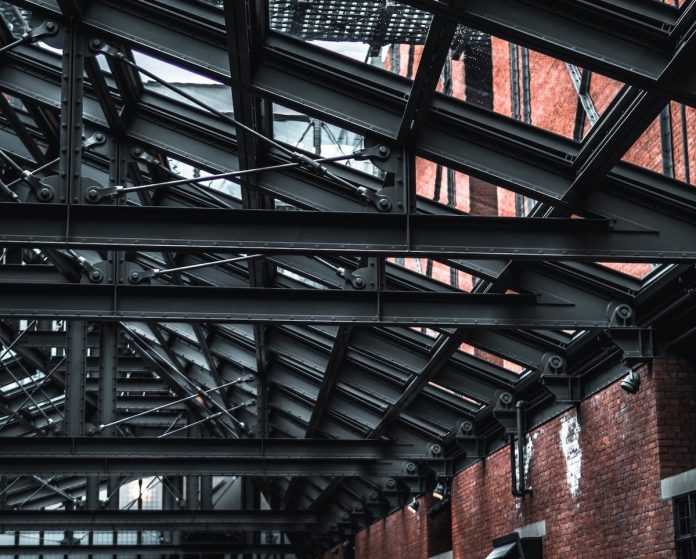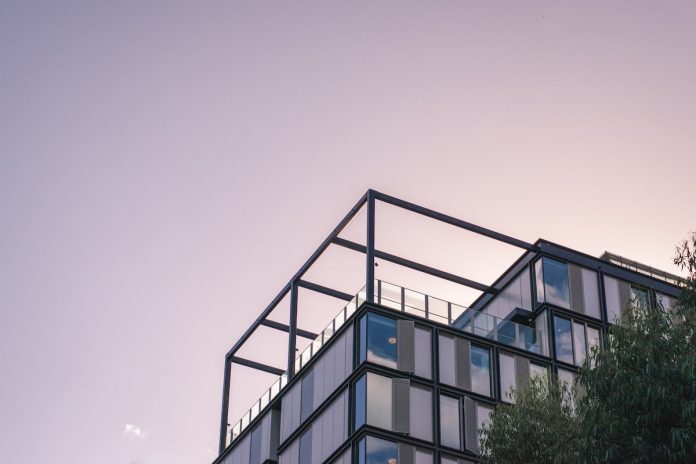Modern Architecture 101: Why Steel Frame Structures Rock
Steel frame structures (SFS) are a modern and innovative way of building framed buildings with many advantages over traditional materials like timber. In this article, we will delve into why steel frame structures rock: what is SFS, how they work, and why they are easier to construct, cheaper and quicker to assemble, and more durable and sustainable than other options for small domestic and large-scale constructions. Hopefully, this will persuade you away from less ecologically-conscious materials and towards sustainable solutions for your building projects.
What are Steel Framed Structures (SFS)?
SFS are structural systems that use steel columns, beams, and other components to create a framing pattern that supports floors, roofs, walls, and other internal parts of a building. SFS is made from cold-rolled steel sections that are designed and prefabricated off-site to fit the required specifications. Steel framing is generally compatible with a wide range of external finishes, such as brickwork, timber or synthetic cladding materials, or glass panels.
Steel framing systems are suitable for various applications, including extensions for your home or even complete structures such as apartment buildings, retail units, hotels, schools, and more. They can also accommodate diverse and unique designs, as steel can be cut and shaped to any desired form. SFS have become more popular in recent years due to their many benefits over other construction materials.

Why is SFS easier to construct?
One of the main advantages of SFS is that they are easy and fast to construct on-site. Since the steel frames are prefabricated off-site, they arrive at the site along with construction drawings (essentially assembly instructions) ready to be put together by bolting or welding elements. This reduces on-site labor requirements, as well as the necessary equipment and materials. It also minimizes the impact of weather conditions or site constraints on the construction process (i.e., less space is required for manual fabrication, less reliance on dry weather, etc.).
SFS also offers flexibility and adaptability in construction. They can be easily modified or altered if needed, such as for renovation or expansion purposes. They can also be integrated with other structural systems, such as concrete or timber frames, to create hybrid solutions that combine the best of both worlds.
Why is SFS cheaper and quicker to assemble?
Another benefit of SFS is that they are cost-effective and time-saving compared to other construction methods. Since the steel frames are fabricated off-site in a controlled environment, they have higher quality and accuracy than on-site fabrication. This reduces the risk of errors, defects, or wastage that can increase costs and delays.
Overall construction time is also something that can be reduced by using SFS, which enables concurrent activities on-site. For instance, other trades can work on the installation of services, cladding, or finishes while the steel frames are being erected. This results in improved efficiency and coordination of the project and a shorter time to completion.
Steel-framed structures also have lower maintenance, repair, or replacement costs than other materials. Steel is a durable and resilient material that does not crack, split, warp, or rot over time. It is also resistant to fire, corrosion, pests, and weather damage. With proper finishing or priming, steel frames can last for decades without needing major repairs or refurbishment.

Why are SFS more durable and sustainable?
A final advantage of SFS is that they are more environmentally friendly and sustainable than other construction options. Steel is a recyclable material that can be reused or repurposed indefinitely without losing its properties or quality. This reduces the demand for natural resources and the amount of waste generated by the construction industry.
Steel-framed structures can potentially have a lower carbon footprint than other materials. Steel production has become more energy-efficient over the years due to technological innovations and improved processes. Steel frames also reduce the weight of the building structure, which reduces the foundation requirements and the impact on the soil.
One great example of using steel framing for a durable, long-lasting solution to the renovation of deteriorating buildings is the St. John’s Cathedral dome in New York. The dome was actually never intended to be a permanent fixture, but since it was constructed in 1909, it has remained with minimal renovation work. In 2022, however, this changed when it was decided that a steel framing system should be added to ensure that the dome not only lasted for another 100 years but also would be better able to withstand damage from extreme events such as fire or strong winds.
Why Steel Frame Structures Rock: Is that enough to convince you?
It’s pretty clear what the benefits are of using steel framing as opposed to materials such as timber, but the main factors that will always need to be overcome are the cost and skills aspects. If it’s going to make a serious option for the average home builder, it needs to be as cheap or at least close to the cost of timber and as easy to construct/assemble. Regarding assembly, with the pre-configured systems, you can buy off-the-shelf now. Assembly really is easy. However, will this be enough to draw people away from timber and towards a more sustainable, durable, and reliable source? Only time will tell.





